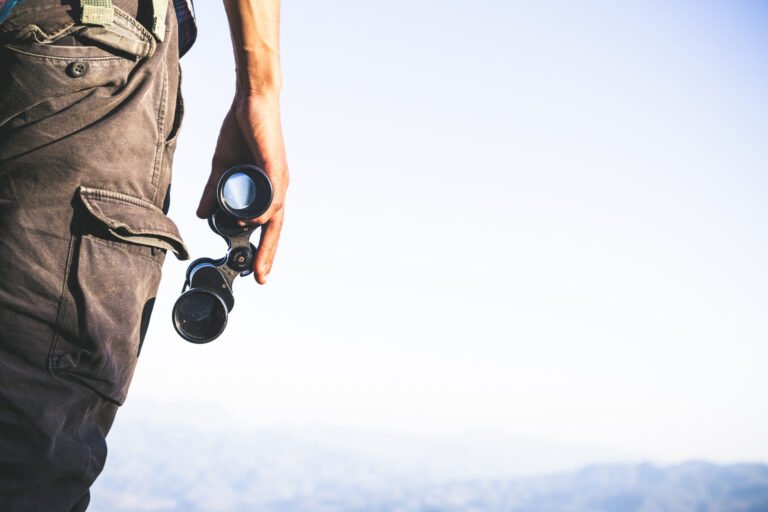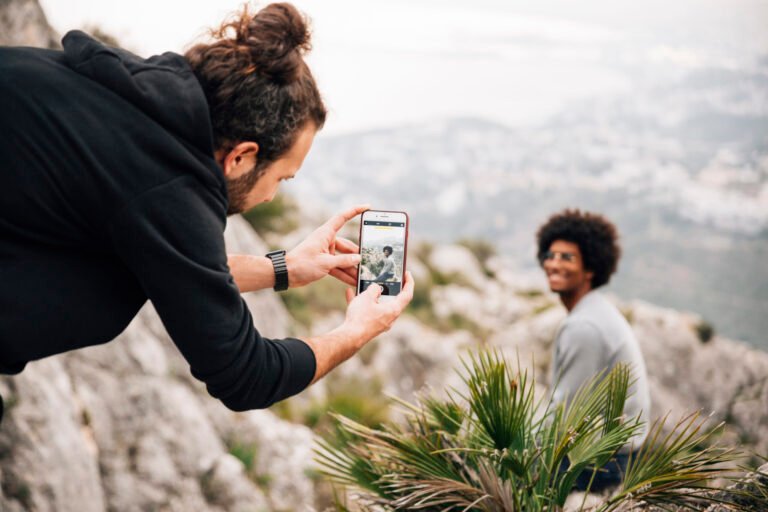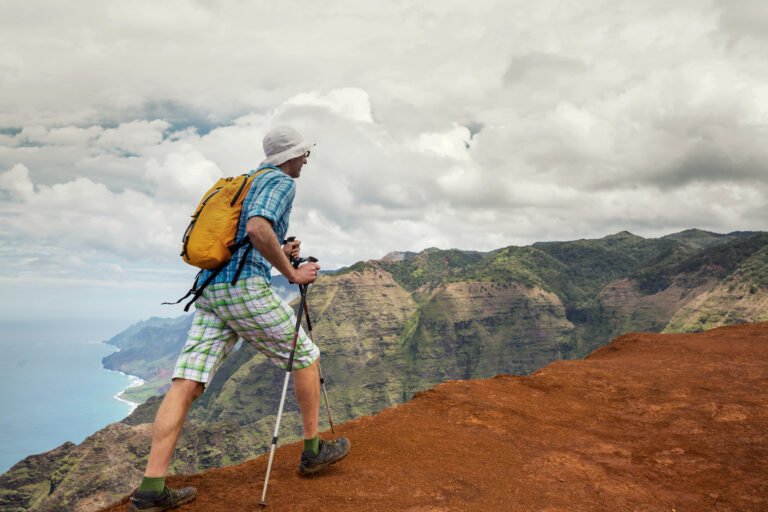Wheelchair Accessible Trails: Braking Down Barriers in the Outdoors
Explore Wheelchair Accessible Trails that break down barriers in the outdoors, featuring inclusive design and enhanced accessibility for all visitors.
Did you know New York’s Empire State Trail stretches 750 miles of smooth, 10-foot-wide pathways designed for everyone? This massive network proves outdoor adventures aren’t limited by physical capabilities. Across the U.S., innovative designs are reshaping how we interact with nature—prioritizing inclusion over exclusion. Let’s discuss Wheelchair Accessible Trails.
Modern paths blend seamlessly into landscapes while meeting strict accessibility standards. These routes feature gentle slopes, firm surfaces, and clear navigation. They’re not just about compliance—they’re about creating meaningful connections between individuals and the environment.
Universal design principles benefit more than just wheelchair users. Parents pushing strollers, older adults, and those recovering from injuries gain equal access to scenic views and fresh air. In New York, adaptive equipment like all-terrain chairs lets visitors explore beaches and forests previously deemed unreachable.
This shift reflects a deeper understanding: nature’s healing power should be available to all. Thoughtful planning preserves wild spaces while welcoming diverse visitors. It’s not merely building paths—it’s dismantling outdated ideas about who belongs outdoors.

Inclusive Trail Design: Breaking Down Barriers
Modern pathways blend nature with thoughtful engineering, creating outdoor spaces where everyone thrives. These designs follow strict guidelines while embracing creative solutions that benefit diverse visitors. “True accessibility means designing trails people want to use repeatedly, not just once,” notes a New York Parks Department planner.
Building Paths for All Abilities
The Americans with Disabilities Act sets clear rules for public routes. Key requirements include:
| Feature | ADA Minimum | Inclusive Design |
|---|---|---|
| Width | 36 inches | 10-12 feet (Empire Trail) |
| Slope | 1:12 max | Gentle 1:20 grades |
| Rest Areas | None required | Benches every 0.25 miles |
Crushed limestone and composite boardwalks now replace uneven dirt paths. These surfaces withstand weather while protecting plant roots. Rangers in Ellenville report 73% fewer maintenance calls since upgrading to these materials.
Beyond Traditional Mobility Aids
Programs like NORA’s hiking initiative provide rugged chairs that climb rocky terrain. These devices feature:
- Six-wheel drive systems
- Adjustable seating positions
- Solar-powered batteries
Such innovations let people fish in mountain streams or watch sunsets from hilltops. As one user shared: “Finally, I’m choosing my adventure instead of settling for what’s available.”
Wheelchair Accessible Trails
New York’s landscapes offer more than postcard views—they invite exploration through thoughtfully designed routes. From city parks to mountain vistas, these paths demonstrate how innovation meets natural beauty. Over 50 state-managed locations now feature surfaces and slopes that welcome diverse visitors while protecting local ecosystems.
Must-Visit Natural Wonders
The Catskills region shines with options like Hurleyville’s two-mile paved route, where crushed limestone creates a stable surface. Kaaterskill Falls rewards hikers with a panoramic platform overlooking New York’s tallest waterfall. “The upgraded path lets my family enjoy nature together,” shares a recent visitor to the area.
Taughannock Falls State Park showcases inclusive engineering. Its three-quarter-mile gorge path leads to a 215-foot cascade. While autumn leaves create slippery conditions, summer months reveal dry, firm terrain ideal for mobility devices.
City Escapes and Lakeside Journeys
Central Park’s Ramble blends urban convenience with wilderness charm. Meandering paths under mature oaks provide shaded respites, all within Manhattan’s heartbeat. For water lovers, the Finger Lakes region offers lakeside routes with accessible fishing docks and picnic areas.
These destinations prove thoughtful design enhances outdoor enjoyment. Wide pathways, frequent rest areas, and tactile guides help visitors focus on rustling leaves rather than navigation challenges. As one ranger notes: “Great trails disappear into the landscape while supporting every traveler.”
Accessible Outdoor Adventures: From Beaches to Boardwalks
New York’s coastline transforms summer days into inclusive adventures with innovative beach access solutions. Coastal destinations now blend recreation with universal design, proving sandy shores and snowy peaks can welcome everyone.
Coastal and City Beach Experiences
Rockaway Beach features floating chairs that glide across sand and into waves. Over 12 miles of boardwalk connect Coney Island’s attractions, with tactile guidance strips for navigation. Long Beach offers all-terrain chairs with balloon tires that handle soft sand effortlessly.
| Location | Summer Features | Winter Adaptations |
|---|---|---|
| Jones Beach | Mobi-mat pathways | Heated shelters |
| Robert Moses | Fishing platforms | Adaptive snowshoe trails |
| Windham Mountain | Zip line access | Sit-ski lessons |
Observation Platforms and Panoramic Views
Elevated decks at Montauk Point let visitors watch whales breach without navigating cliffs. Bear Mountain’s river overlook uses glass railings for unobstructed photo opportunities. “These spaces remove barriers, not beauty,” remarks a Hudson Valley park ranger.
Adaptive Winter Sports and Seasonal Activities
Resorts like Windham Mountain Club teach alpine skiing using sled-style equipment. Their 1:1 instructor ratio ensures safe learning across 53 trails. Frozen lakes become playgrounds for ice fishing tents with ramp access during colder months.
From splashing in July waves to carving February powder, New York’s outdoor calendar now thrives year-round. Thoughtful design turns seasonal challenges into inclusive opportunities for connection with nature.
National and Statewide Accessible Trail Highlights
America’s protected lands now lead the charge in creating outdoor experiences that welcome diverse explorers. From Maine’s evergreen forests to Virginia’s coastal marshes, nature preserves combine conservation with innovative infrastructure.
Exploring State Parks and National Wildlife Refuges
New York State parks set benchmarks with facilities like Letchworth’s Autism Nature Trail. Developed with Temple Grandin’s guidance, this path features eight sensory stations blending education with nature immersion. “Design shapes how we experience wilderness,” explains a park naturalist.
Wildlife refuges along the Eastern Seaboard demonstrate scalable solutions:
| Location | Trail Length | Surface Type | Key Feature |
|---|---|---|---|
| Moosehorn NWR (ME) | 0.25 miles | Paved | Songbird observation decks |
| Parker River (MA) | 1.3 miles | Boardwalk | Tidal marsh viewing blinds |
| Iroquois NWR (NY) | 3.5 miles | Crushed stone | Wetland driving route |
Visitor centers serve as gateways to these adventures. Many loan equipment like all-terrain attachments for personal mobility devices. At Chincoteague’s 3.25-mile loop, elevated platforms let visitors spot wild ponies grazing in salt meadows.
Seasonal programs enhance accessibility year-round. Winter brings heated shelters at Jones Beach, while summer offers guided birding tours with amplified audio devices. These efforts prove nature’s wonders aren’t reserved for the able-bodied—they’re meant to be shared.
Tips for a Successful Wheelchair Accessible Outdoor Experience
Preparation transforms good outings into great adventures. Start by checking park websites for real-time updates on path conditions and equipment availability. Many locations like Long Beach require calling 516-431-1810 to reserve specialized chairs with balloon tires that handle sand effortlessly.
Planning Your Visit and Reserving Adaptive Equipment
Book gear early during peak seasons. NYC beaches accept reservations at (718) 885-2275 for floating chairs that glide into waves. Hippocampe models work best for rocky terrain but only appear Memorial Day through Labor Day. Always confirm:
- Equipment weight limits
- Battery life for powered devices
- Trailside rest areas
Ensuring Safety and Comfort on the Trails
Pack smart for changing conditions. Waterproof layers protect against sudden showers, while sunscreen guards against UV exposure. Check tire pressure before heading out—soft surfaces like gravel require different setups than paved paths. “A five-minute equipment check prevents hour-long delays,” advises a Central Park ranger.
Bring backup batteries and hydration packs. Plan routes with shaded stops every half-mile during summer. Mobile apps like TrailLink provide crowd-sourced updates on current path conditions, helping visitors avoid unexpected obstacles.
Explore More: Diverse Accessible Activities Beyond Trails
New York’s outdoor offerings stretch far beyond pathways, with innovative programs redefining what inclusive recreation means. Organizations now craft experiences that let visitors engage with nature through multiple senses and mediums.

Water-Based Adventures for All
Rochester Accessible Adventures revolutionizes lake experiences with hoist-equipped kayaks. Their launch system accommodates various mobility devices, letting participants paddle Finger Lakes’ calm waters. On Lake George, Y’Knot Sailing provides modified sailboats with voice-controlled rigging. “We remove barriers, not challenges,” explains their lead instructor.
Summer visitors enjoy:
- Stable pontoon boats with roll-on access
- Fishing platforms with adjustable-height rails
- Guided sunset cruises featuring audio descriptions
Mountain Culture Reimagined
The Wild Center’s elevated walkways wind 30 feet above Adirondack forests, offering 360-degree views through wheelchair-friendly glass floors. Winter brings adaptive skiing at Windham Mountain, where sit-skis glide down groomed slopes. Their instructors specialize in teaching techniques for various physical needs.
Cultural hotspots blend learning with nature immersion. Accessible treehouse exhibits and tactile forest displays create multi-sensory experiences. As one Tupper Lake visitor noted: “These spaces prove wilderness isn’t something you just look at—it’s something you feel.”
Nature immersion becomes truly transformative when design prioritizes human diversity over terrain limitations. New York’s initiatives prove that thoughtful infrastructure—like the Empire State Trail’s generous pathways—creates outdoor experiences where ability levels fade into the background.
Families with strollers, seniors using walkers, and adaptive equipment users all benefit from surfaces that balance durability with environmental care. Over 60% of state parks now offer seasonal programs matching varied needs, from summer kayak launches to winter sledding routes.
Progress hinges on collaboration. Rangers, engineers, and visitors shape evolving standards through feedback. As one Adirondacks planner notes: “Universal access isn’t a checkbox—it’s an ongoing conversation with the land and its people.”
Continued innovation ensures wild spaces remain both protected and inviting. Every upgraded boardwalk and sensory-friendly exhibit strengthens nature’s role as a shared healing force. The path forward? Keep listening, adapting, and building bridges—literal and metaphorical—to the outdoors.
For more great articles, go here.




